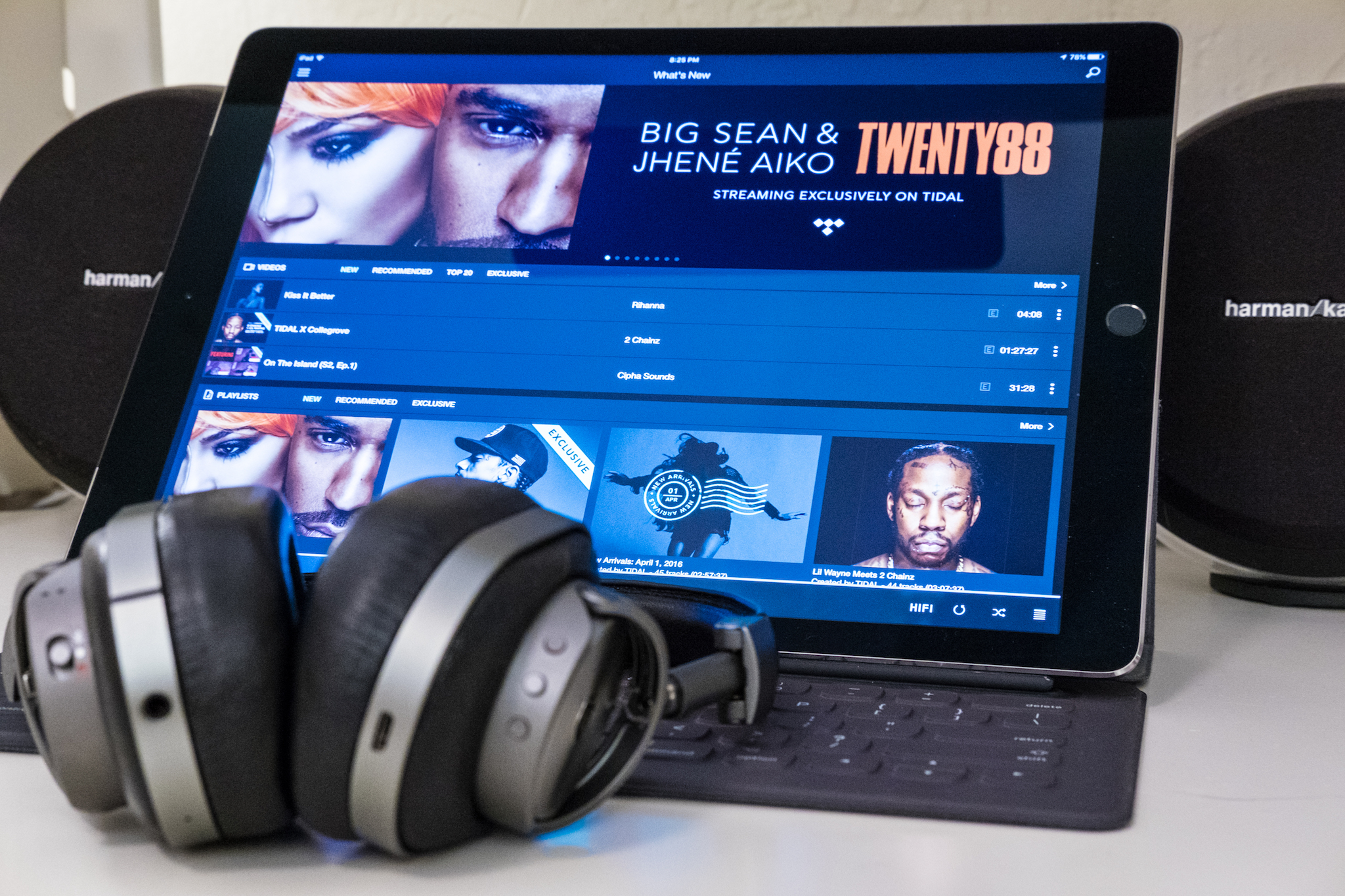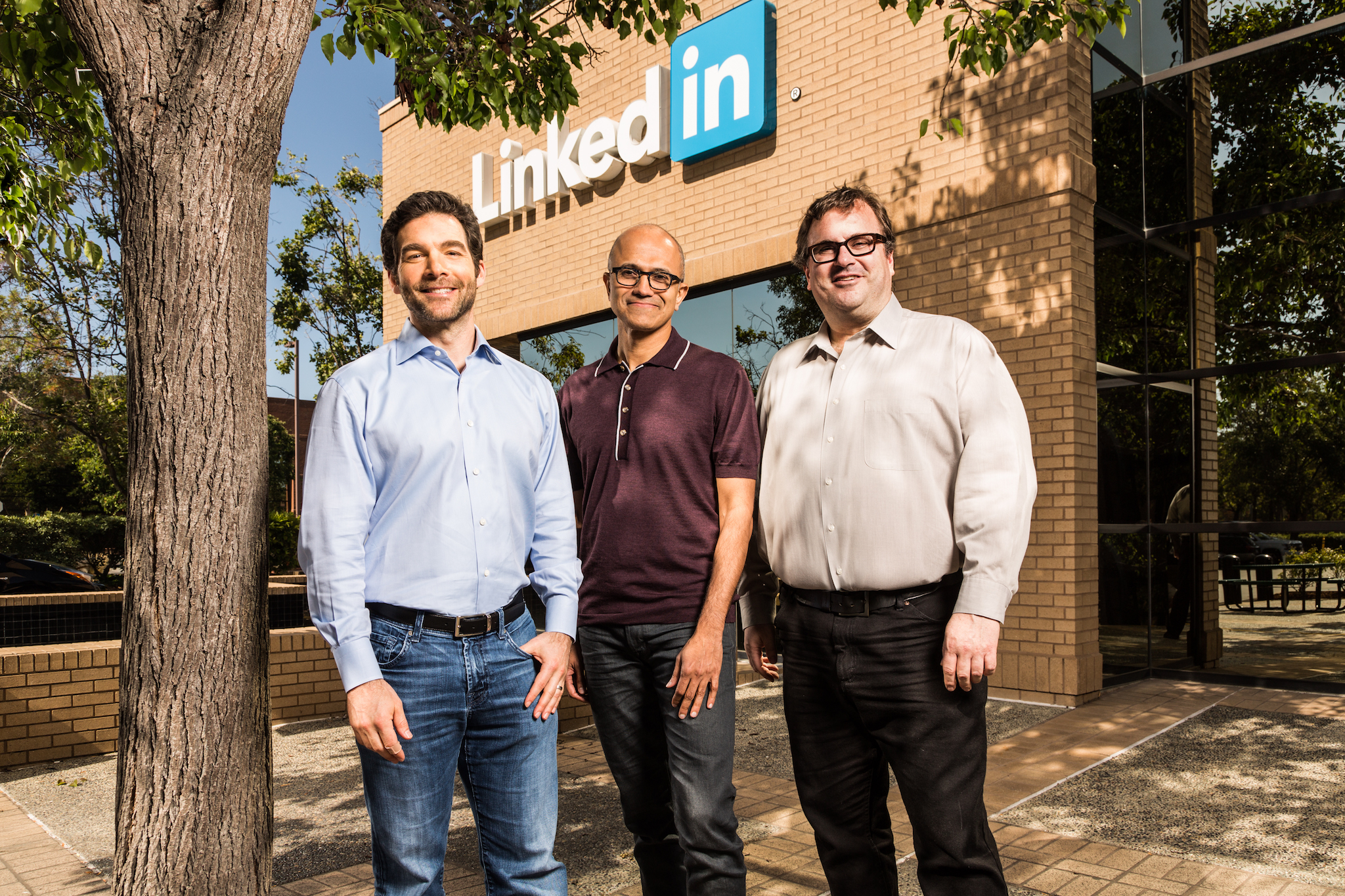My first reaction to Amazon buying Whole Foods is “Huh?” Few brands could be any more different. The online retailer is all about giving customers the most for the least amount spent, while the grocer is the pricey purview of the alt-organic lifestyle elite. No moment is better metaphor for Whole Foods’ clientele than the exchange I heard between a thirtysomething couple standing at the deli holding chicken luncheon meat. “Is it free range?” the women asked her husband. It had to be, or she wouldn’t buy. They argued. I silently chuckled: luncheon meat—not a bird! It’s all pressed meat, Honey. You do know that?
But from another perspective, and one transcending retail store presence, are other considerations, like brand affinity and buyer demographics. For the first, Amazon may be all about value, but in an increasingly middle-class and well-to-do demographic kind of way, particularly among city dwellers. Despite sharing similar cut-throat margin, expansive business philosophies with Walmart, Amazon doesn’t carry the same stigma among the socially conscious “better-thans”. For the second, who do you think plunks down 99 bucks a year for Prime membership or can’t wait for two-day free delivery or is too busy to go to the store to buy groceries? Without hard numbers to back the supposition, I’d bet there is lots of existing and potential regular shopper overlap among these customers and those who walk Whole Foods’ aisles.




